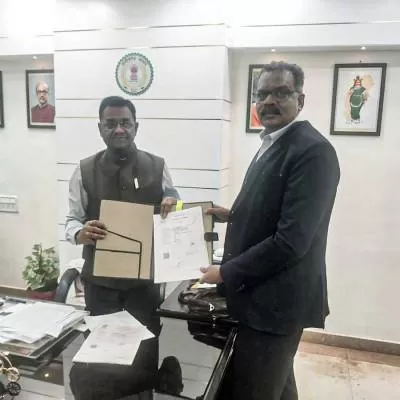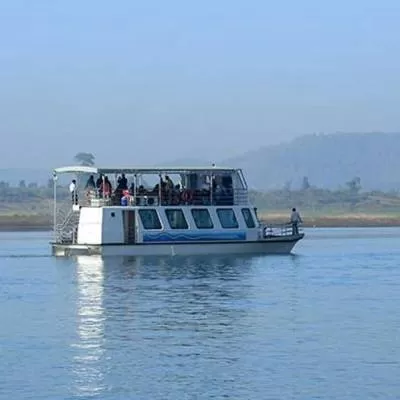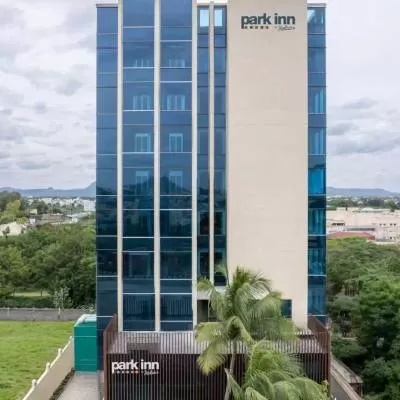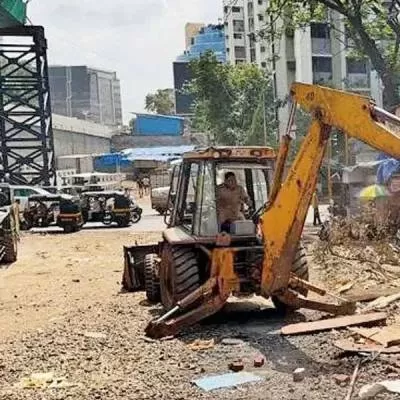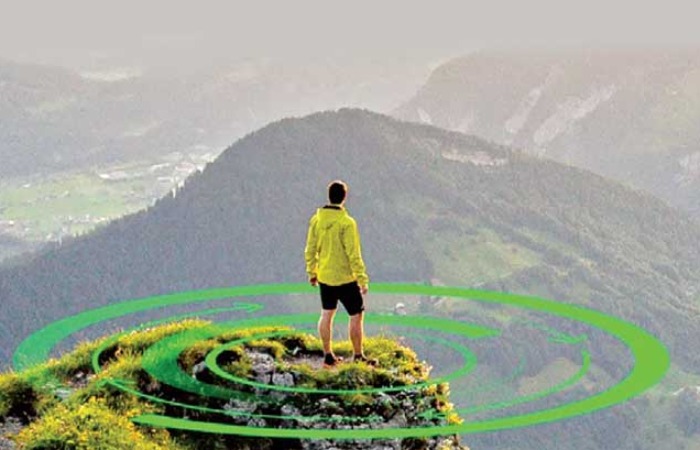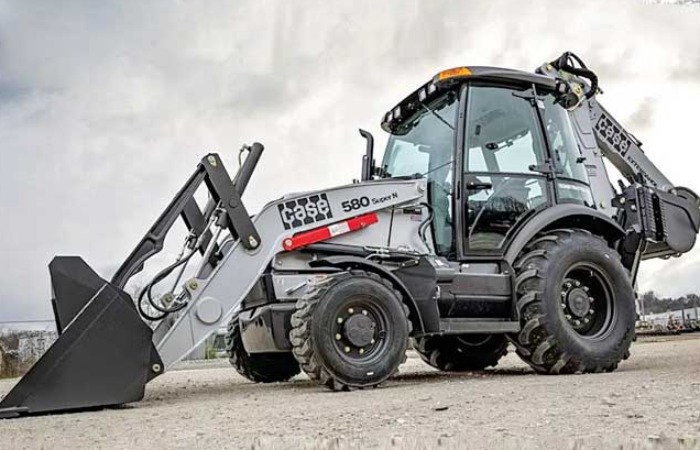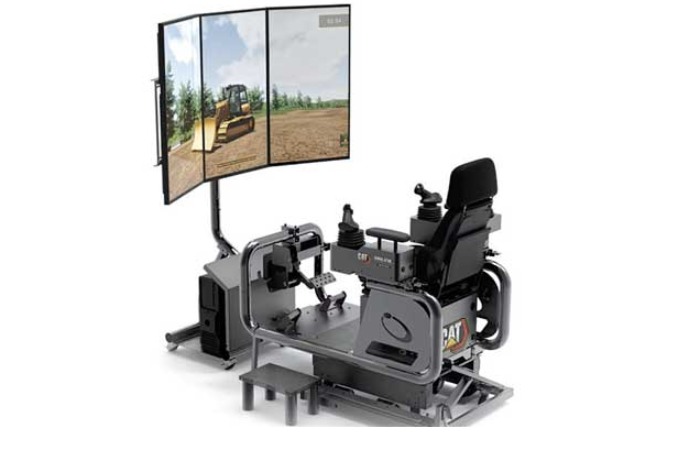We aim to grab 25 per cent market share in five years

ATG has wide range of radial OTR tyres for loaders, graders, dumpers etc and we see a very good response from the market. <span style="font-weight: bold;">Harinder Singh, President - APAC, Alliance Tire Group (ATG),</span> elaborates on the market scenario and company's plans.
<p></p>
<p> <span style="font-weight: bold;">How do you assess the current market scenario of Indian tyre industry? What is the demand growth in On-road and OTR segments? </span><br />
The Indian tyre industry is an integral part of the auto sector and contributes to 3 per cent of the manufacturing GDP of India and is pegged at around Rs 600 billion. The market has almost doubled in the last six years or so and furthermore is slated to grow by 7-9 per cent in the next five years. Around 10 per cent of this Rs 600 billion is the off-the-road (OTR) segment which includes farm, construction, material handling, mining, tippers, port etc. Globally, this segment has grown at around 3-4 per cent but ATG has been recording a growth of 15-20 per cent every year.</p>
<p><span style="font-weight: bold;">What is the demand trend for OTR tyres this year? How is the demand picking up?</span><br />
ATG is a $630 million global company and most of our business comes from the Europe and US markets. Having said that, the APAC region and primarily India is our focus in the future that is where we foresee the maximum growth from. India requires $750 billion in infrastructure projects by 2022 as per the latest government reports and this development is going to translate to construction and material handling equipment and tyres. India is the third largest producer of coal in the world and the fourth largest in iron ore which will give you an idea of the potential in mining sector. The farm sector is seeing a large move towards mechanisation which will drive OE and replacement demand for tyres. So, overall this is a very good time to be in this business in India.</p>
<p> <span style="font-weight: bold;">What is your market share in OEM and after-market segments in OTRs?</span><br />
Globally around 30 per cent of our turnover comes from OEMs and we supply to almost all the big names in agriculture, construction and material handling. We are at a very nascent stage to be a significant player in India. It is true that we have grown over 100 per cent every year in the last three years, and given our worldwide expertise. It is only a matter of time that we garner a good chunk of the market share in India too. Being a part of the Yokohama Group gives us tremendous advantage over the other homegrown tyre brands in terms of technology, R&D and global market learningopportunities in FMCG and commercial construction sector as well.</p>
<p> <span style="font-weight: bold;">What is the range of products you offer for OTR applications? </span><br />
At ATG, our philosophy is to provide application-specific purpose-built tyres. We have over 3,000 SKUs in our portfolio and over 300 are added every year. This ensures for the customer, the perfect tyre for his usage, terrain and budget. We offer tyres for tractors, trailers, tippers, mining dump trucks, loaders, backhoes, graders, skid steers, forklifts, cranes and many more machines.</p>
<p> <span style="font-weight: bold;">What are the key upgrades in material and design of your tyre range?</span><br />
We are truly at the cutting edge of tyre technology. Our legacy of global expertise of over 60 years plus our access to Yokohama's resources and capabilities ensures that our tyres are made with high quality processes and systems. Our plants in India are amongst the largest and most modern OHT plants in the world. Our focus has been to have finer tolerances in the manufacturing process and inclusion of more radials in our portfolio which ensure higher fuel efficiency. We constantly fine-tune the tread designs to increase performance in each and every terrain and application. In the manufacturing process itself we try to use more silica these days which improves tyre performance by lowering the rolling resistance as well improving cut and chip resistance.</p>
<p> <span style="font-weight: bold;">What are the wear and tear possibilities in tyres? How are you dealing with the issue of wear and tear of OTR tyres?</span><br />
Various qualities are required of a tyre, resistance to wear, resistance to impacts and cuts, ability to carry loads without deforming, resistance to heat etc. We make our tyres with really robust construction and special compounds which are used with the rubber to give the tyre extra protection from cuts and chips and fast wear. Depending on the severity of the application they also come with steel belts and an all steel construction.</p>
<p> <span style="font-weight: bold;">What are the challenges in the availability of raw materials? How far synthetics have a role in OTR tyre products? </span><br />
Natural rubber, synthetic rubber, carbon black and various chemicals are used in the manufacturing of a tyre. Over 60 per cent typically of the production cost is raw materials and since most of them are petroleum based, their prices fluctuate with the international prices of petroleum products. Synthetic rubber is mostly sourced from the global market. Overall raw material prices for tyres are volatile and it impacts profitability significantly. An advantage of being a global company is that we have certain level of flexibility in our global sourcing. In our endeavour to always provide better value to customers, we try to absorb the increase in costs as much as possible.</p>
<p> <span style="font-weight: bold;">How is radialisation picking up in OTRs? Do you see demand for radial tyres on off-highway applications? </span><br />
Job sites are maturing and becoming more challenging, leading to a change in the type of machinery being used, the kind of material being handled and the terrain of work itself. Reducing downtime and increasing fuel efficiency are top most priorities and this has prompted the move towards radialisation. Globally, 70 per cent of the off-highway tyres are radial with Europe at an impressive 90 per cent radialisation. India and most of APAC are more prone towards bias tyres due to cost considerations. In India, we are now slowly seeing an acceptance to try out radials as customers are realising the value it adds to their productivity. At ATG, we have wide range of radial OTR tyres for loaders, graders, dumpers etc and we see a very good response from the market.</p>
<p> <span style="font-weight: bold;">What is the current market size of OTR tyres in India? What is your outlook on OTR tyre market for the next five years? </span> <br />
The Indian OTR tyre market which includes tyres for agriculture, material handling, construction, mining, ports etc is pegged at around $1.2 billion. We would be safe in assuming that it will grow at 4-5 per cent at least for the next five years. For ATG, the ambition is to grab 25 per cent of the market share in the coming five years.</p>
<p> 'Our legacy of global expertise of over 60 years plus our access to Yokohama's resources and capabilities ensures that our tyres are made with high quality processes and systems.'</p>
<p></p>



